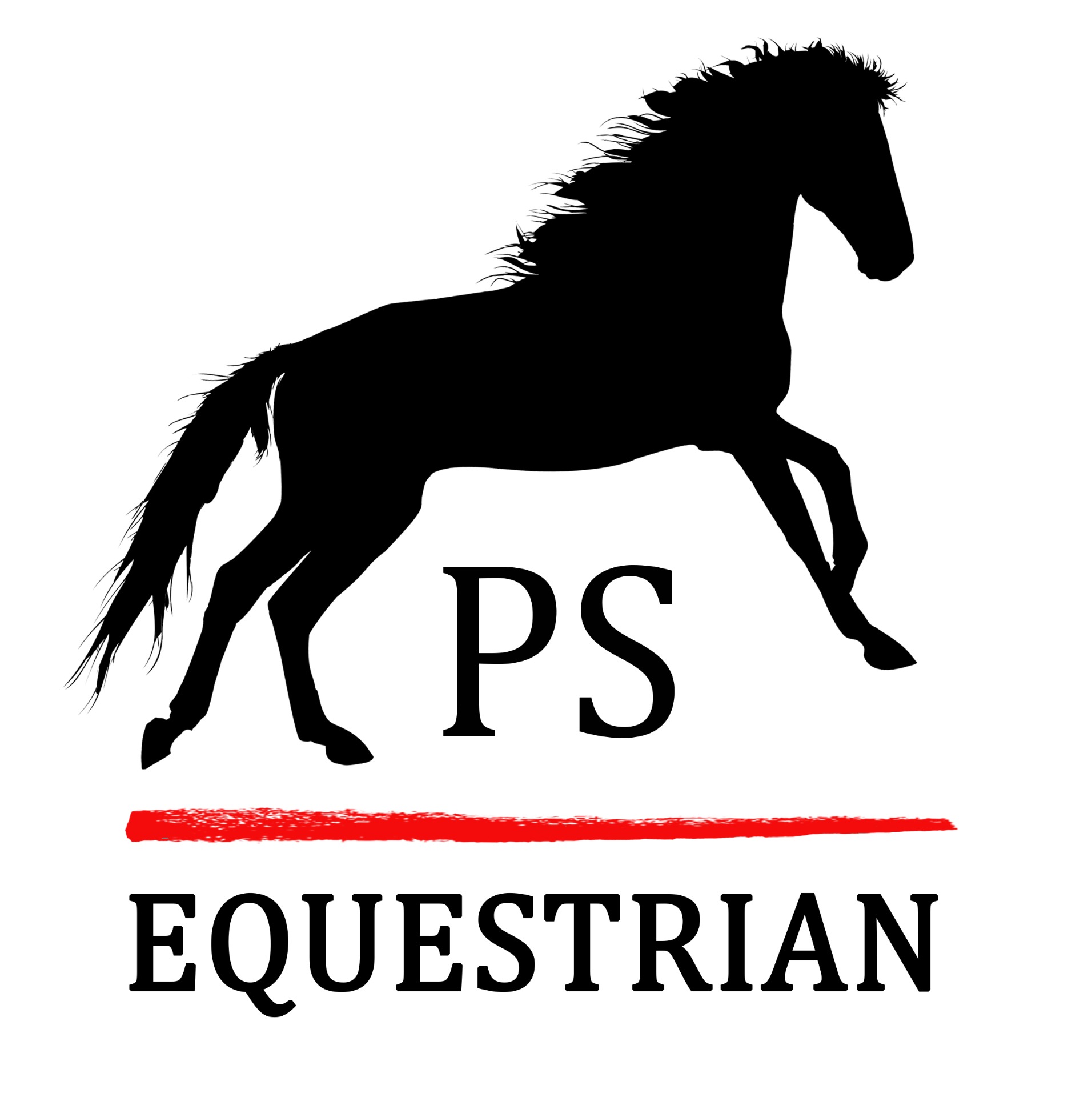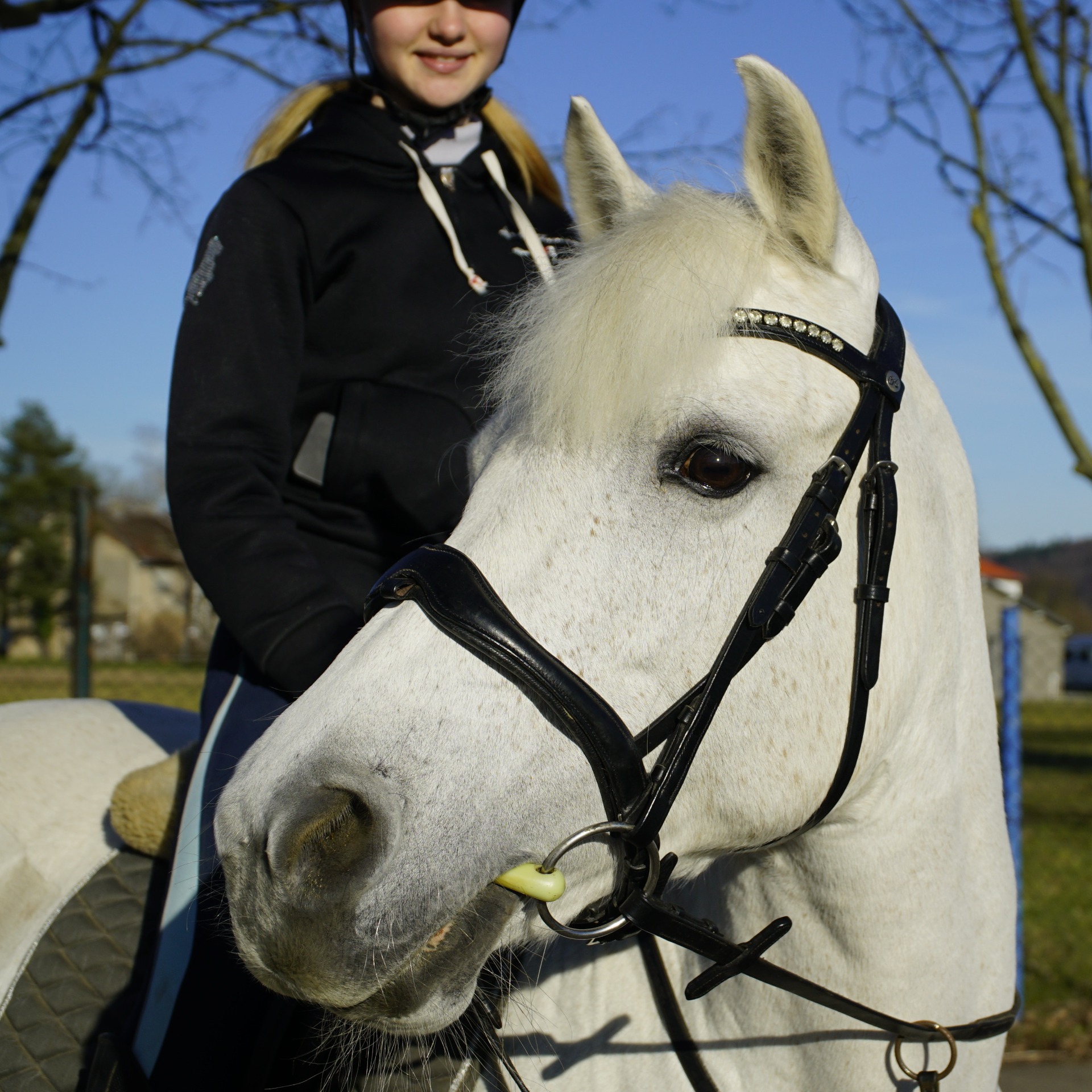3 Basic Exercises Guaranteed To Improve Your Horse's Straightness
Horses naturally go in a straight line - or do they? Straightness requires both the left and right sides of the horse to be equally developed and balance.
However, like humans, most horses have a dominant side which means they will be naturally crooked, swinging their hindquarters to the dominant side while stiffening on the other.
Straightness is crucial in the dressage arena but equally important when showjumping or hacking out. A crooked horse places uneven strain on his legs which can result in lameness.
How To Improve Straightness and Your Horse's Way of Going
We can only achieve straightness when both sides of the body are equal in both strength and suppleness. To do this, you need to introduce lateral work, leg yields, bending, and counter flexion into your training sessions.
If your horse leads from the left, he pushes off from his right shoulder. Repeating this movement every time he transitions from halt to walk, gradually strengthens (and strains) the muscles in the right shoulder.
To achieve straightness, therefore, we need to counteract that natural tendency by asking a horse yield to the rider's right leg and move into the left rein. In doing so, the horse will naturally step off the right leg and shift the weight to the left, countering his natural curve.
#1 How to Bend Your Horse Into Straightness with Leg Yields
A stiff horse will turn like a lorry, swinging its hindquarters out as it head turns in. A balanced, straight horse, however, will move more like a bicycle chain, with each link moving methodically along the same line.
Leg yielding is an important aspect in making the horse supple, as it is this suppleness which assists in making the horse much more symmetrical and balanced, because its muscles become loosened.
It's imperative that your horse learns to shift its weight from side to side as it is in forward motion, simply because it will aid them in carrying not only their own weight, but the riders too, more evenly on four limbs instead of just relying on it's more dominant side. This is a skill which is essential when you're teaching it to move away in a more lateral way, giving it a more rounded development.
#2 Why flexion and counter flexion Are Critical in Straightness Training
A soft touch on the rein should be all you need to create a small angle of flexion between your horse's poll and wither. The flexed rein must be accompanied by the non-flexing rein moving forward to allow for the extension on the outside of the curve.
A simple counter-flexion exercise you can do is working your horse in the figure of eight, first in a single circle and then in the eight motion, keeping the flexion but changing the rein. A stiff horse may give just a couple of strides before moving back, and when they are supple the circle should be ridden in a true flexion and counterflexion. Going through the centrepoint, keep on the same circle however change rein and continue in counterflexion, then repeat.
A rider who has perfected the art of flexion no longer uses the inside rein to steer but to counterbalance, thereby creating straightness and preventing the horse from falling in.
Counter flexion is equally important in straightness training, allowing the horse to bring his forelegs and shoulders in line with his hindquarters. Before cantering on the right lead, for instance, flexing the horse to the left can straighten him and extend his stiff side so he'll be able to travel even straighter over time.
#3 What Are the Benefits of Riding Straight Off The Track?
When in an arena, we generally ride on the outside track, using the rail or wall as a guide. Riding the inside track, about a one-horse-width from the rail, is more challenging and forces us, as riders, to use our hands, legs, and seat to straighten the horse, rather than relying on a physical structure to do it for us.
Riding the inside track forces the rider to take responsibility for both sides of the horse, thereby encouraging both balance and straightness.
There can be no balance without bend, and no straightness without flexion. A keen awareness of your aids is crucial to achieving straightness, as is the use of groundwork and ridden exercises to build muscles and dexterity evenly on both sides of the horse.

